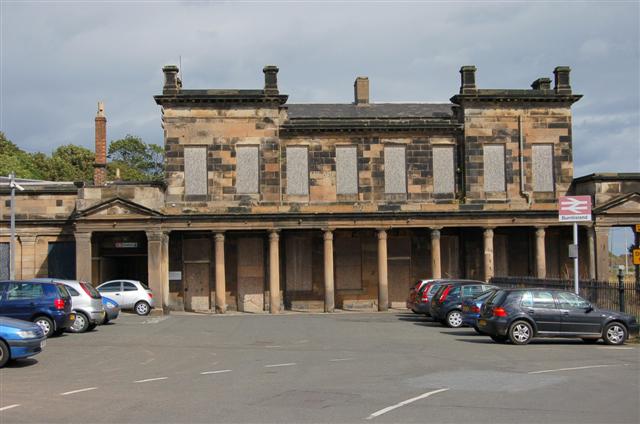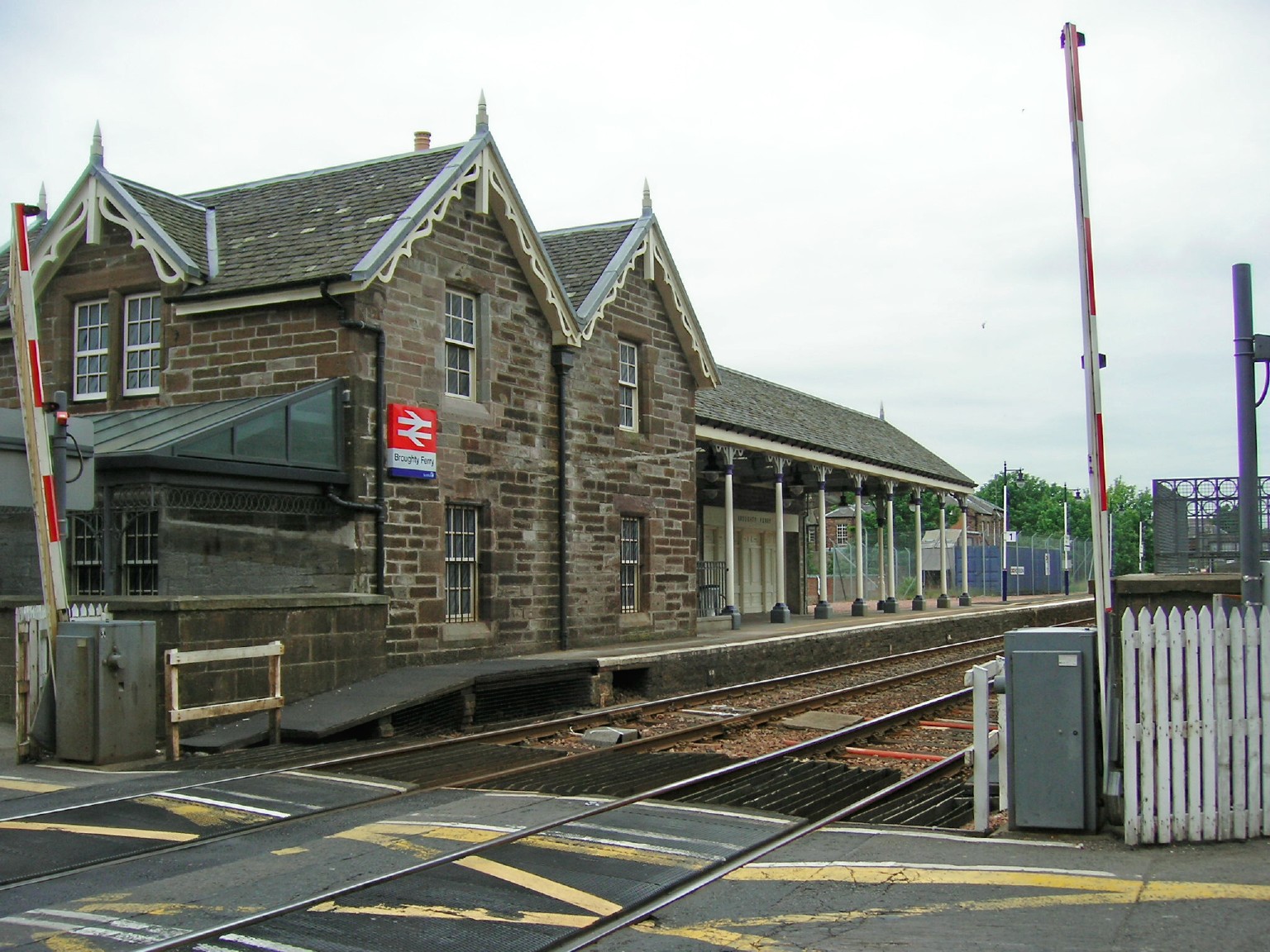Thomas Grainger on:
[Wikipedia]
[Google]
[Amazon]



 Thomas Grainger
Thomas Grainger
Scottish Architects
/ref>



FRSE
Fellowship of the Royal Society of Edinburgh (FRSE) is an award granted to individuals that the Royal Society of Edinburgh, Scotland's national academy of science and letters, judged to be "eminently distinguished in their subject". This so ...
(12 November 1794 – 25 July 1852) was a Scottish civil engineer
A civil engineer is a person who practices civil engineering – the application of planning, designing, constructing, maintaining, and operating infrastructure while protecting the public and environmental health, as well as improving existing i ...
and surveyor
Surveying or land surveying is the technique, profession, art, and science of determining the terrestrial two-dimensional or three-dimensional positions of points and the distances and angles between them. A land surveying professional is c ...
. He was joint partner with John Miller in the prominent engineering firm of Grainger & Miller.
Life
Grainger was born at Gogar Green nearRatho
Ratho ( gd, Ràthach) is a village in the Rural West Edinburgh area of Edinburgh, Scotland. Its population at the 2011 census was 1,634 based on the 2010 definition of the locality. It was formerly in the old county of Midlothian. Ratho Statio ...
, outside Edinburgh
Edinburgh ( ; gd, Dùn Èideann ) is the capital city of Scotland and one of its 32 Council areas of Scotland, council areas. Historically part of the county of Midlothian (interchangeably Edinburghshire before 1921), it is located in Lothian ...
to Helen Marshall and Hugh Grainger. Educated at the University of Edinburgh
The University of Edinburgh ( sco, University o Edinburgh, gd, Oilthigh Dhùn Èideann; abbreviated as ''Edin.'' in post-nominals) is a public research university based in Edinburgh, Scotland. Granted a royal charter by King James VI in 15 ...
, at 16 he got a job with John Leslie, a land surveyor
Surveying or land surveying is the technique, profession, art, and science of determining the terrestrial two-dimensional or three-dimensional positions of points and the distances and angles between them. A land surveying professional is c ...
.
He started his own practice in 1816, and in 1825 he formed a partnership with John Miller which lasted until 1847. Their firm operated from the ground floor of Grainger's house at 56 George Street, in the centre of Edinburgh's New Town
The New Town is a central area of Edinburgh, the capital of Scotland. It was built in stages between 1767 and around 1850, and retains much of its original neo-classical and Georgian period architecture. Its best known street is Princes Street ...
.
Between 1845 and 1849 his company worked on the digging of the Bramhope Tunnel and building the Arthington Viaduct as part of laying the Leeds
Leeds () is a City status in the United Kingdom, city and the administrative centre of the City of Leeds district in West Yorkshire, England. It is built around the River Aire and is in the eastern foothills of the Pennines. It is also the thi ...
to Stockton-on-Tees line. The first modern rail ferry, the ''Leviathan'', was designed in 1849 by Grainger for the Edinburgh, Perth and Dundee Railway to cross the Firth of Forth
The Firth of Forth () is the estuary, or firth, of several Scottish rivers including the River Forth. It meets the North Sea with Fife on the north coast and Lothian on the south.
Name
''Firth'' is a cognate of ''fjord'', a Norse word meanin ...
between Granton and Burntisland
Burntisland ( , sco, also Bruntisland) is a former royal burgh and parish in Fife, Scotland, on the northern shore of the Firth of Forth. According to the 2011 census, the town has a population of 6,269. It was previously known as Wester Kingho ...
. The service commenced on 3 February 1850.
Projects he was involved in included many railway bridges, viaducts and tunnels, including work on the Monkland and Kirkintilloch Railway, Ballochney Railway, Garnkirk and Glasgow Railway
The Garnkirk and Glasgow Railway was an early railway built primarily to carry coal to Glasgow and other markets from the Monkland coalfields, shortening the journey and bypassing the monopolistic charges of the Monkland Canal; passenger traffi ...
, Wishaw and Coltness Railway
The Wishaw and Coltness Railway was an early Scottish mineral railway. It ran for approximately 11 miles from Chapel Colliery, at Newmains in North Lanarkshire connecting to the Monkland and Kirkintilloch Railway near Whifflet, giving a means of ...
, Paisley and Renfrew Railway
The Paisley and Renfrew railway was an early Scottish railway company that constructed and operated a line between Paisley and the River Clyde at Renfrew Wharf, enabling journeys between Glasgow and Paisley by connecting river boat. The railwa ...
, Dundee and Arbroath Railway
The Dundee and Arbroath Railway was an early railway in Scotland. It opened in 1838, and used the unusual track gauge of 5 ft 6 in (1,676 mm). In 1848 it changed to standard gauge and connected to the emerging Scottish railway networ ...
, Arbroath and Forfar Railway
The Arbroath and Forfar Railway was a railway that connected Forfar with the port town of Arbroath, in Scotland.
It opened in 1838–1839 and it was successful in making an operating profit, but it was always desperately short of capital. It u ...
, and the Leeds Northern Railway, where he was chief engineer at the time of his death.
He was president of the Royal Scottish Society of Arts
The Royal Scottish Society of Arts is a learned society in Scotland, dedicated to the study of science and technology. It was founded as The Society for the Encouragement of the Useful Arts in Scotland by Sir David Brewster in 1821 and dedicated ...
1849–51, and a fellow of the Royal Society of Edinburgh
The Royal Society of Edinburgh is Scotland's national academy of science and letters. It is a registered charity that operates on a wholly independent and non-partisan basis and provides public benefit throughout Scotland. It was established i ...
.
Benjamin Hall Blyth served as an apprentice under him.
He died in Stockton-on-Tees on 25 July 1852 as a result of injuries sustained in a train collision two days earlier. One of two fatal casualties, Grainger had sustained a compound fracture to his right leg, which quickly turned gangrenous. Following his death his body was returned home for burial in the family plot in the kirkyard at Gogar
Gogar is a predominantly rural area of Edinburgh, Scotland, located to the west of the city. It is not far from Gogarloch, Edinburgh Park and Maybury. The Fife Circle Line is to the north.
Etymology
The name of Gogar first appears in a cle ...
./ref>
Family
On 24 January 1843 he married Jessie Fraser (1809-1880). They had three daughters: Isabella Helen, Jessie Frances and Agnes Catherine. While Isabella is thought to have died young, Jessie and Agnes died inLondon
London is the capital and List of urban areas in the United Kingdom, largest city of England and the United Kingdom, with a population of just under 9 million. It stands on the River Thames in south-east England at the head of a estuary dow ...
in 1921 and 1934 respectively, both having been resident there since at least 1871. They are buried in the family plot at Gogar
Gogar is a predominantly rural area of Edinburgh, Scotland, located to the west of the city. It is not far from Gogarloch, Edinburgh Park and Maybury. The Fife Circle Line is to the north.
Etymology
The name of Gogar first appears in a cle ...
.
Main Works
* New sea-wall atNewhaven Newhaven may refer to:
Places
* Newhaven, Derbyshire, England, a hamlet
*Newhaven, East Sussex, England, a port town
* Newhaven, Edinburgh, Scotland
*Newhaven Sanctuary, Northern Territory, Australia
*Newhaven, Victoria, Australia
Other uses
*Ne ...
Harbour (1837)
* Broughty Ferry railway station (1838)
* Haymarket railway station
, symbol_location = gb
, symbol = rail
, symbol2 = edinburgh
, image = New entrance to Haymarket station, Edinburgh.jpg
, caption = New entrance to Haymarket railway station.
, borough = Haymarket, Edinburgh, City of Edinburgh
, country ...
, Edinburgh (1840) with David Bell
* Bridge at Russell Place in Edinburgh
Edinburgh ( ; gd, Dùn Èideann ) is the capital city of Scotland and one of its 32 Council areas of Scotland, council areas. Historically part of the county of Midlothian (interchangeably Edinburghshire before 1921), it is located in Lothian ...
(1843)
* North Leith railway station (1845) demolished despite being an architectural gem and the prototype of all future railway stations
* Railway bridge at Warriston, Edinburgh (1845)
* Cupar railway station (1846)
* Ladybank railway station (1847)
* Markinch railway station (1847)
* Burntisland railway station (1847)
* Leeds to Thirsk line including the Bramhope Tunnel (1849)
* Yarm Viaduct over the Tees (1852)
References
{{DEFAULTSORT:Grainger, Thomas 1794 births 1852 deaths Engineers from Edinburgh Alumni of the University of Edinburgh Fellows of the Royal Society of Edinburgh British railway civil engineers British railway pioneers Scottish businesspeople Scottish civil engineers Scottish surveyors Railway accident deaths in England 19th-century British businesspeople